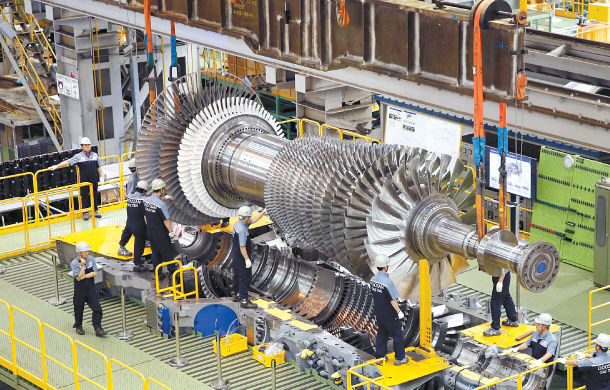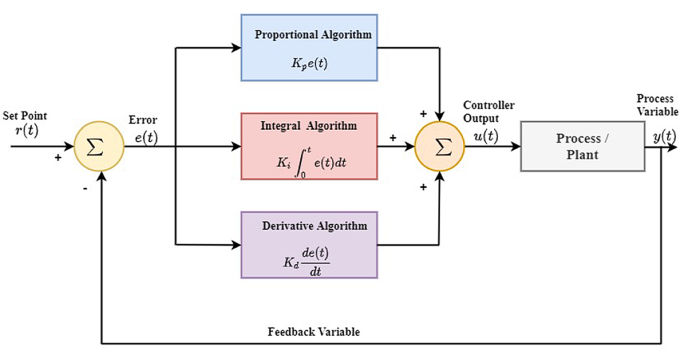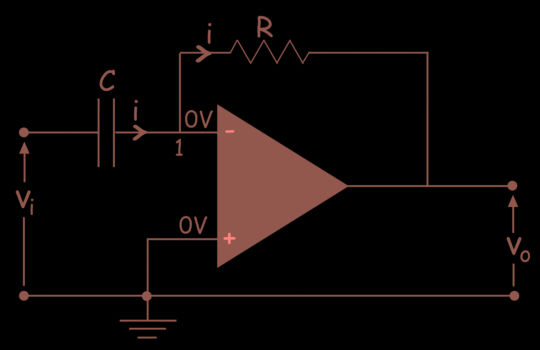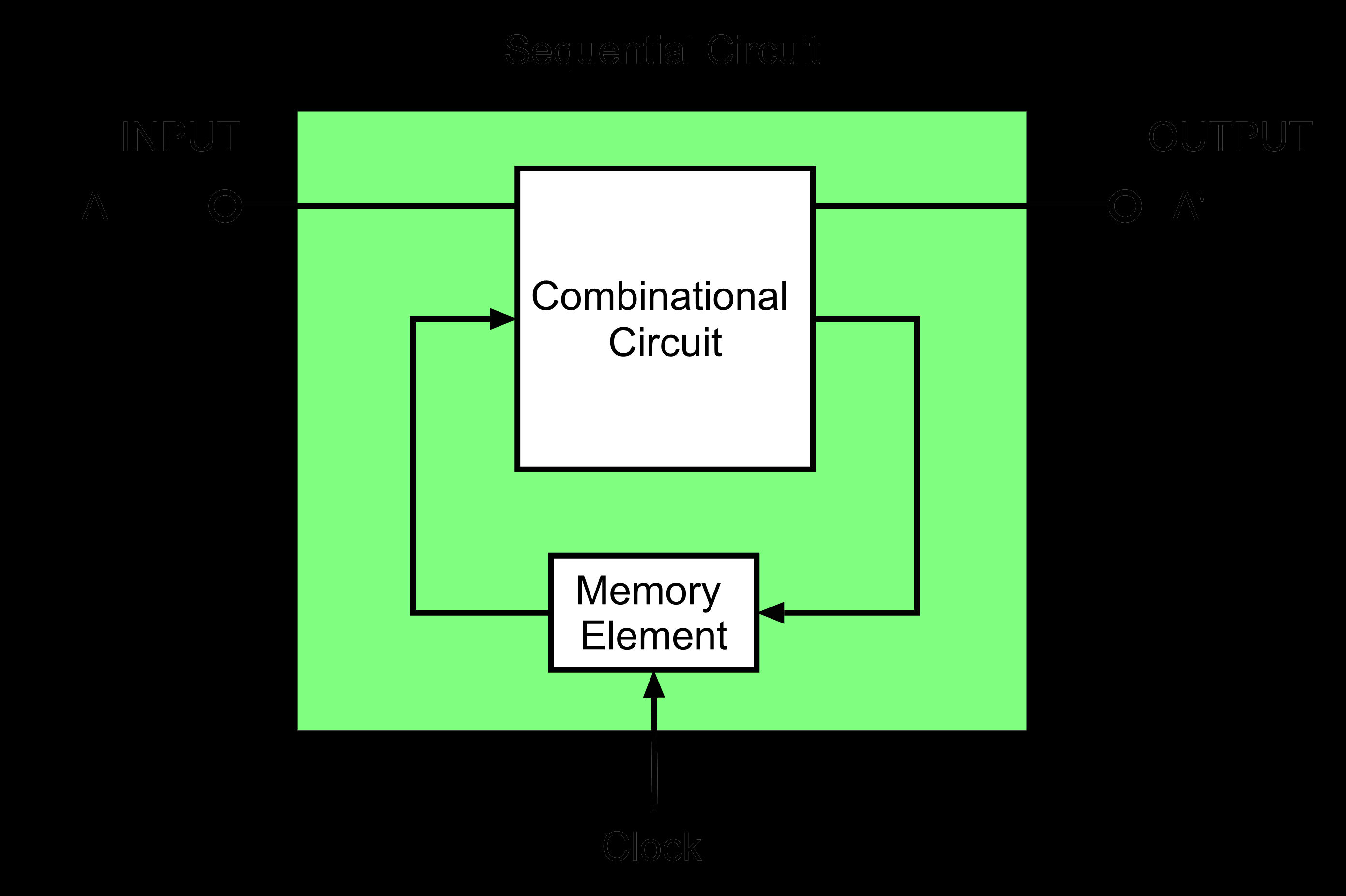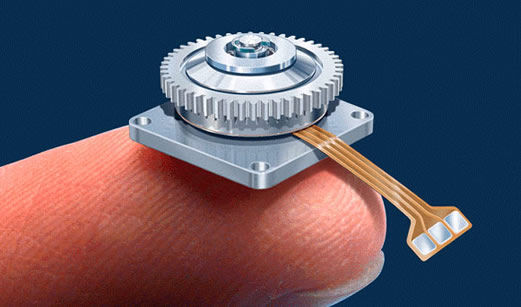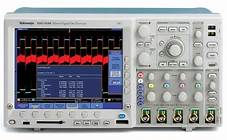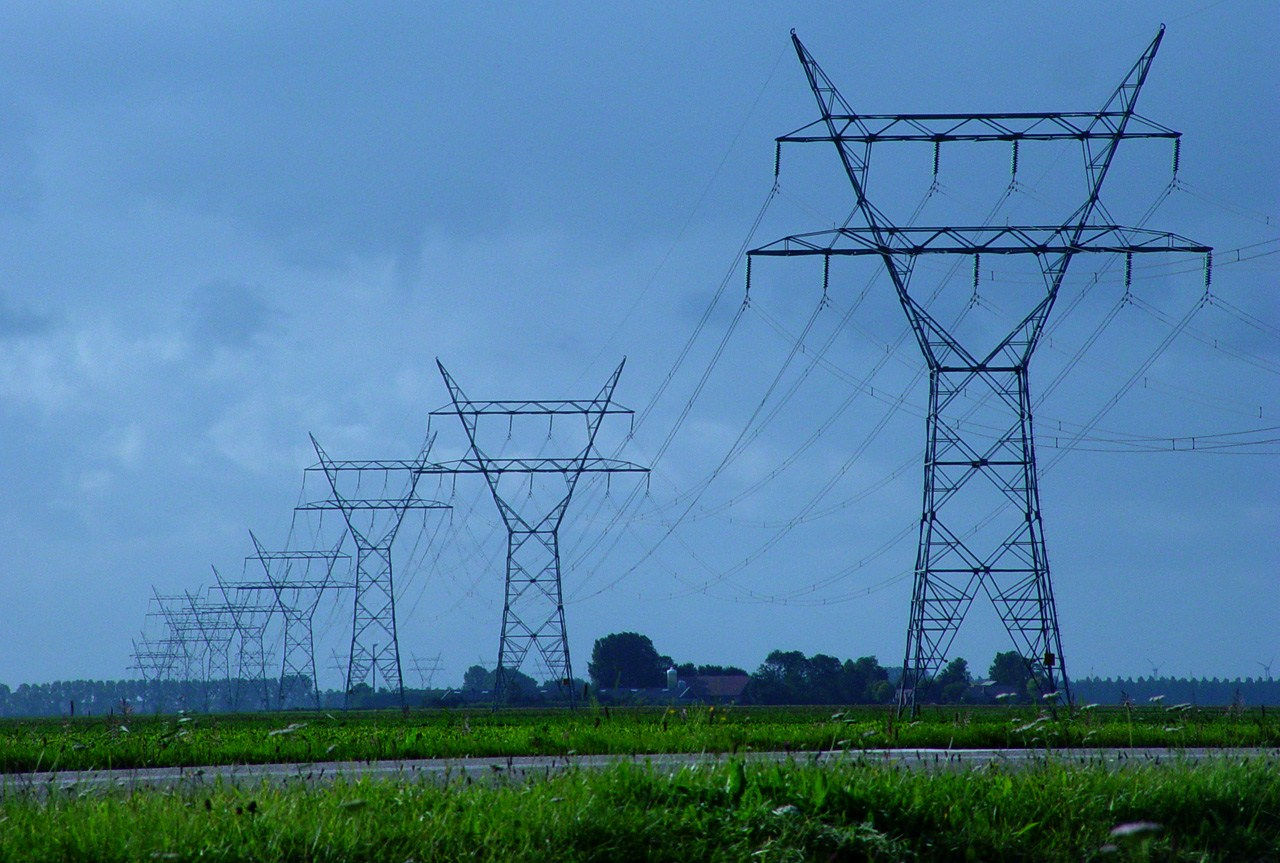Our Blog
What is a Closed Cycle Gas Turbine & Its Working
A closed-cycle gas turbine design is used to address the drawbacks of the open-cycle gas turbine method. Corrosion of turbine blades is the key downside of an open cycle. This downside can be resolved by using the superior nature of the operating medium (air or helium, argon, hydrogen or neon) w
Read More...
Band Pass Filter
A system called a band pass filter or BPF is needed during signal processing to allow a specific range of required frequencies and to prevent unnecessary frequency ranges or components. This filtering noise signal can be minimised by deleting frequencies that are not necessary. Various types of filters, such as linear and no
Read More...
PID Controller : Working & Applications
As the name suggests, this blog will provide a precise idea of the configuration and function of the PID controller. However, let's have an introduction to the PID controllers. PID controllers are used in a broad variety of industrial process control systems. Approximately 95 per cent of closed-loop proc
Read More...
Op Amp Differentiator
The Operational Amplifier or Op-Amp is a linear system used for ideal DC amplification, signal conditioning, filtering and mathematical operations such as addition, subtraction, integration and differentiation. Op-amp is a voltage amplifier that has external feedback elements between output and input terminals, such as capaci
Read More...
Sequential Logic Circuits
What is a sequential circuit?
The sequential circuit is a special type of circuit with a sequence of inputs and outputs. The outputs of the sequential circuits depend on the combination of the current inputs and the previous outputs. The previous production is viewed as the current con
Read More...
Ultrasonic Motors
What is an ultrasonic motor?
An ultrasonic motor rotates a rotor by using ultrasonic waves with high frequencies more than 20,000Hz which a human cannot hear. The ultrasonic motor generates ultrasonic waves using piezoelectric elements, while conventional motors use permanent magnets or coils to rotate a rotor.
The piezoe
Read More...
Renewable Energy
What is meant by Renewable Energy?
Renewable energies (or renewables) are ways to generate energy from (theoretically) unlimited natural resources. These resources are either available with no time limit or replenished more quickly than the rate at which they are consumed.
Renewable energies are
Read More...
What is an Oscillator?
The oscilloscope is basically a graph-displaying device
It draws a graph of an electrical signal.
In most applications the graph shows how signals change over time: Vertical (Y) axis represents voltage and horizontal (X) axis represents time.
The oscillator is a circuit that generates a continuous,
Read More...
Electrical Power Transmission
What is Electrical Power Transmission?
Widespread use of electrical energy by modern civilisation has necessitated the production of bulk electrical energy economically and efficiently. The increased demand of electrical energy can be met by building big power stations at suitable places where fuel or water e
Read More...
COMMUNICATION SYSTEMS
What is a communication system?
A telephone infrastructure or communication system consists of a set of independent telecommunications networks, transmitting facilities, relay stations, tributary stations and terminal equipment which are typically capable of being interconnected and interoperable in order to form an integrat
Read More...

